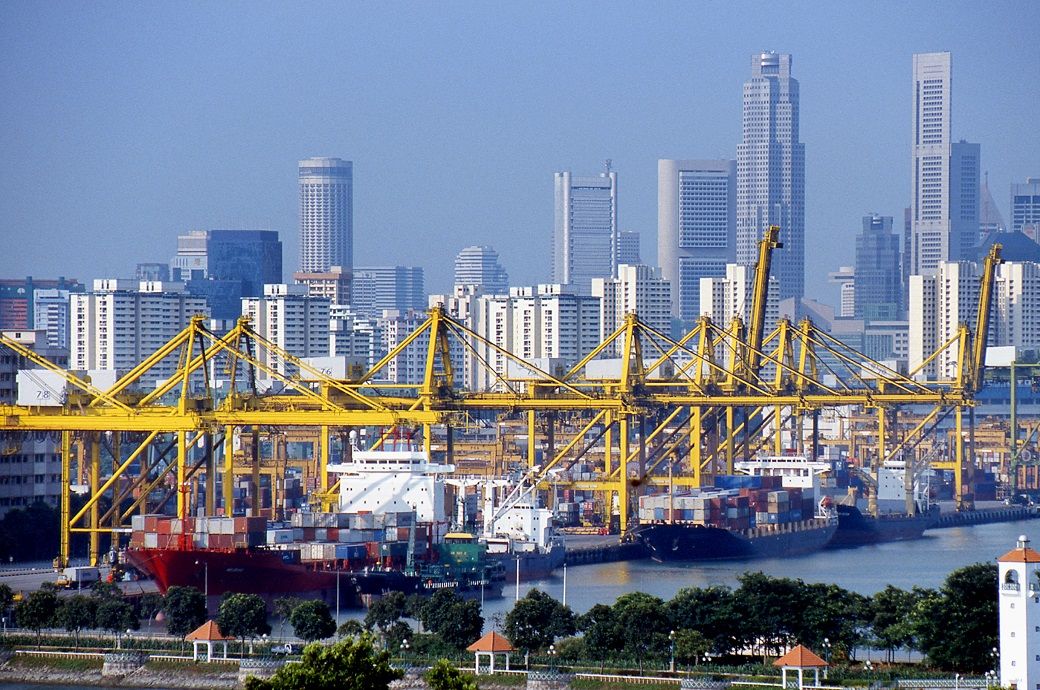
Key transhipment ports, including Singapore, are experiencing significant congestion due to the impact of Red Sea carrier service diversions, according to Drewry. These diversions have led to fewer vessel calls but larger average exchanges, exacerbating yard congestion.
Port productivity has suffered in recent months, with the time spent by ships waiting before berthing at high-volume ports increasing by 43 per cent between the third quarter (Q3) of 2023 and Q2 2024, now exceeding 400,000 hours. Singapore, representing a microcosm of global transhipment ports, has seen container terminal operations disrupted by changes to carrier service patterns in response to the Red Sea crisis. The port is experiencing container densities close to pandemic period records, as per Drewry.
Throughput at Singapore's port grew by 8 per cent year-on-year in the first five months to May, indicating a strong start to the year. However, this growth is insufficient to challenge the existing handling capacity on its own. The rerouting of container vessel services away from the Red Sea, due to Houthi attacks on shipping, resulted in a 22 per cent increase in average parcel sizes between January and May, significantly impacting port productivity.
Drewry’s Ports and Terminals Insight reports that the average time taken to handle 1,000 TEU rose by 10 per cent during this period to 0.32 days. Consequently, the average time to complete the recently enlarged exchanges for a typical Ultra-Large Container Vessel (ULCV) of over 18,000 TEU increased by 41 per cent, from 1.1 days in January to 1.7 days in May.
The current port congestion differs from that experienced during the pandemic. Previously, systemic supply chain disruptions primarily affected gateway ports due to unexpectedly high cargo demand and inland transport congestion. The present crisis, however, is hitting transhipment hubs as carriers have significantly altered individual exchanges handled at these hubs.
Aligning mainline-mainline vessel transfers has proven difficult due to a high number of blank sailings, while aligning mainline-feeder services has been affected by congested yards, off-window arrivals, and prioritising mainline vessels over feeder vessels.
Drewry anticipates that congestion at major transhipment ports will remain high, but some easing is expected as carriers add more capacity and restore disrupted schedules. This should help alleviate the current challenges faced by these crucial nodes in global maritime logistic
Fibre2Fashion News Desk (DP)